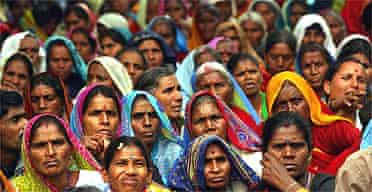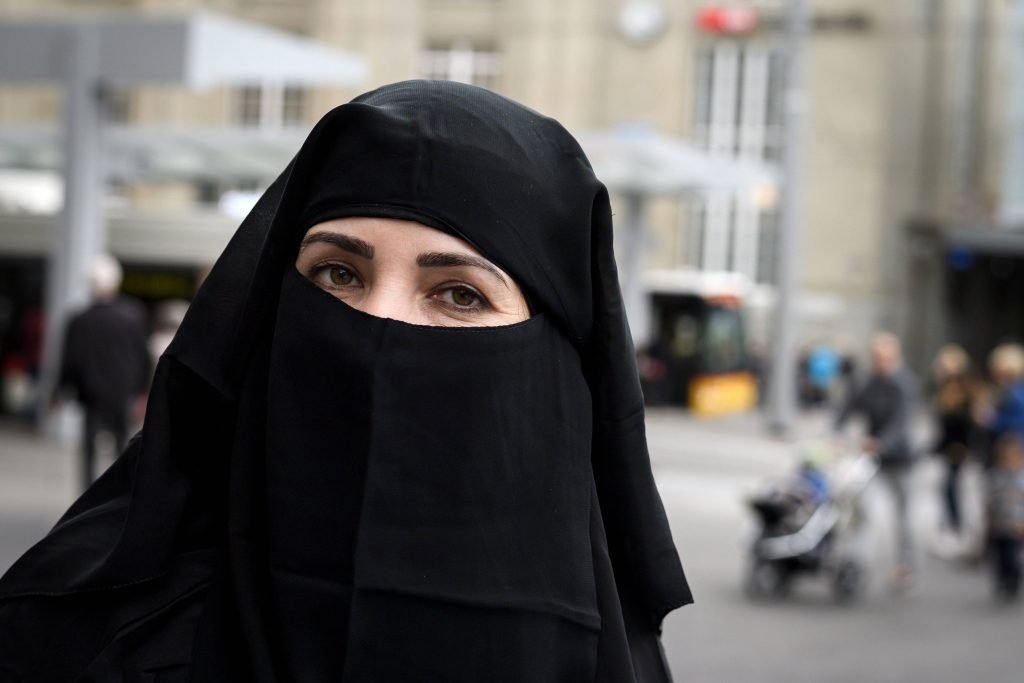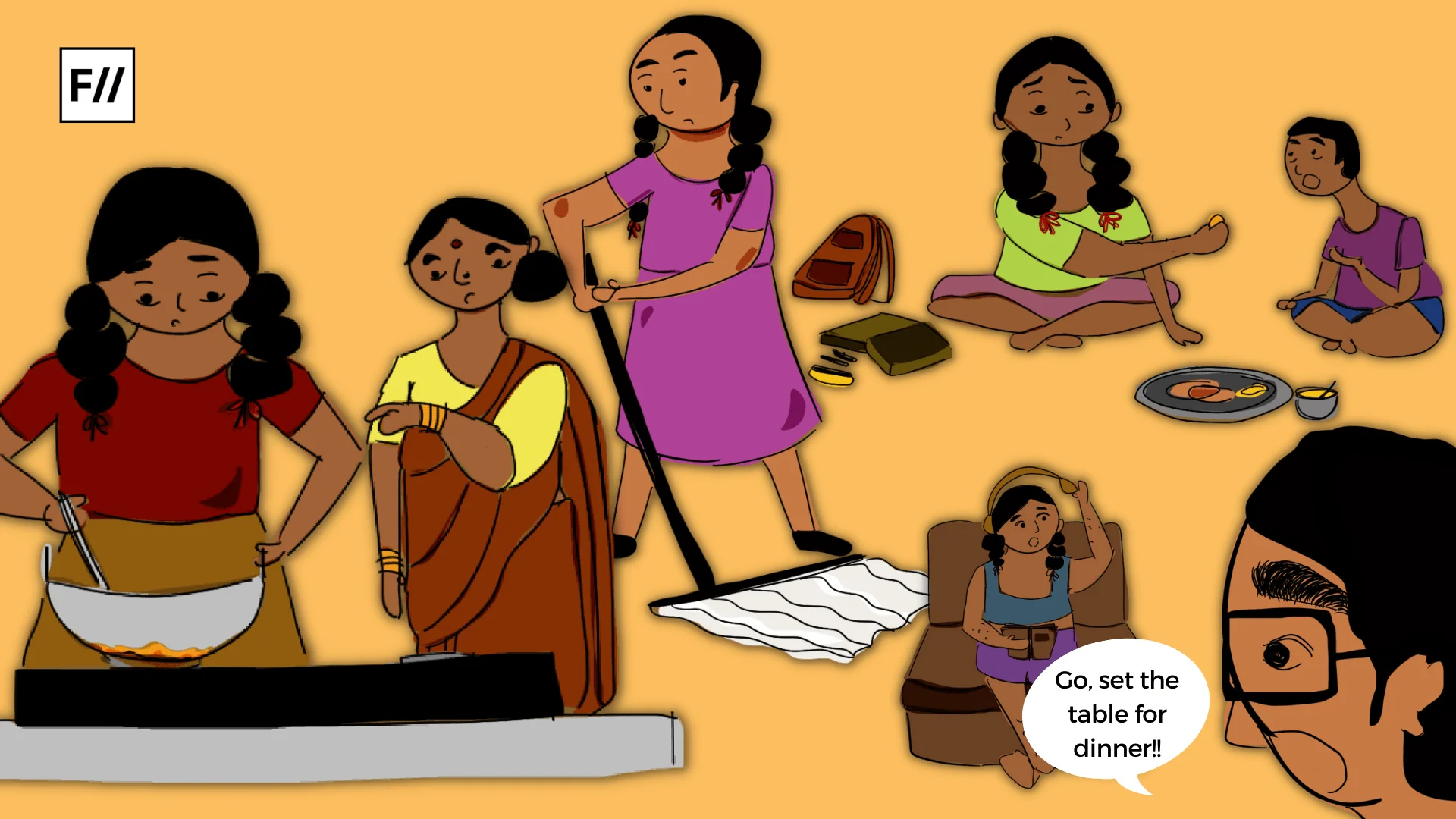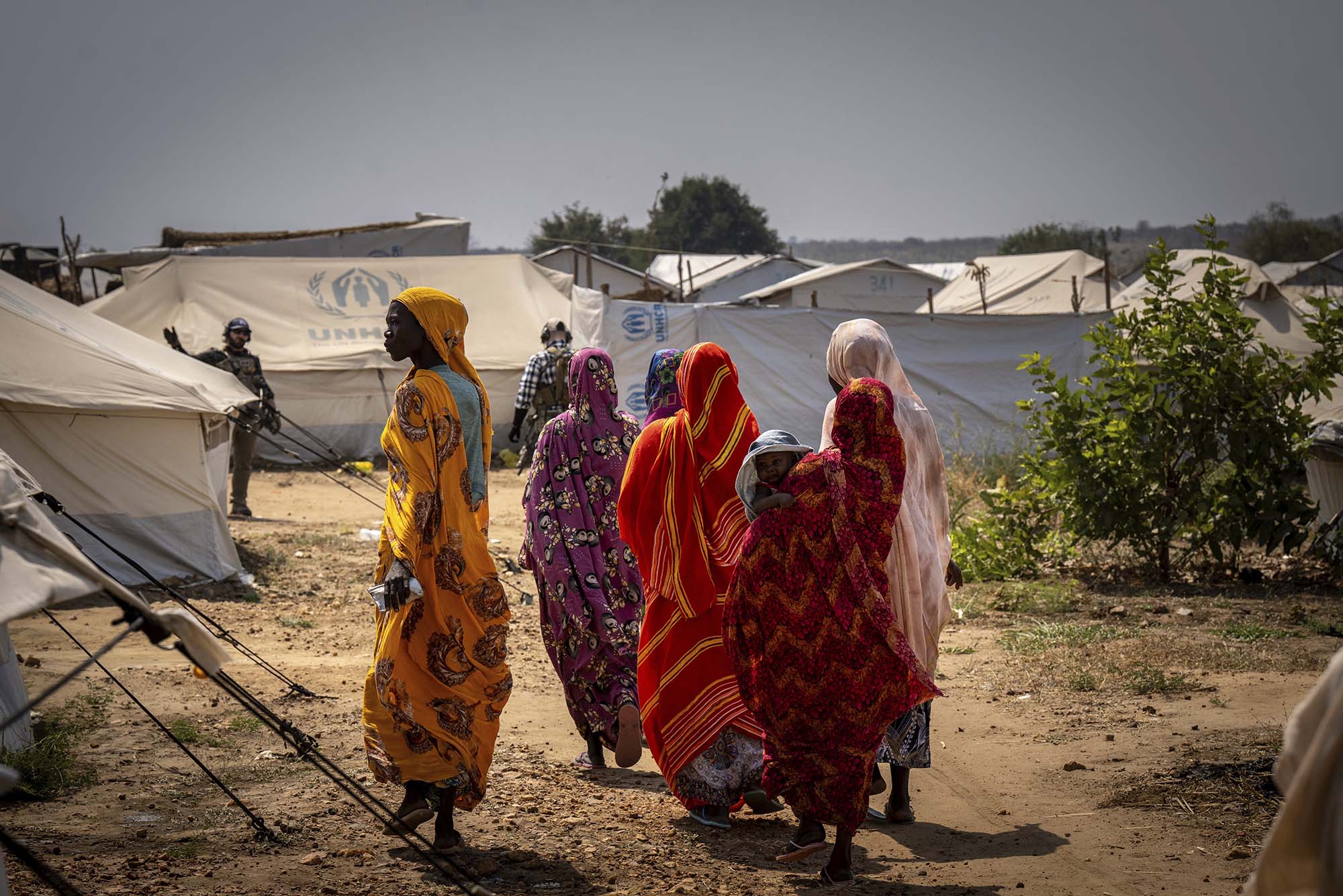The term ‘microaggression‘ was first introduced in 1970 by Harvard University psychiatrist Chester M. Pierce and it refers to the everyday verbal, non verbal and environmental snubs or insults, whether intentional or unintentional that convey derogatory or negative messages to target persons based solely on their marginalized group identities. They are subtle messages that project the target persons as lesser human beings who deserve an inferior status or treatment.
The term ‘microaggression‘ refers to the everyday verbal, non verbal and environmental snubs or insults, whether intentional or unintentional that convey derogatory or negative messages to target persons based solely on their marginalized group identities.
They are not just limited to human encounters but may also be social in nature, say when a person of colour is exposed to an office setting that unintentionally excludes his/her racial heritage or identity. Although, they are generally discussed in the context of race and racism, but any marginalized group in a society can come under its domain: people of colour, people from queer communities, women, people with disabilities, Dalit, Bahujan and Adivasis and so on. Microaggressions are the result of implicit bias that people carry with them.
Given below are the three major types of microaggressions that often go unnoticed because many a times it is difficult to distinguish them from typical instances of insults.
1. Gender Microaggressions

Gender microaggressions are abundant in our society. These are seemingly innocuous comments that can pile up over time and affect a person’s sense of self/identity. Mostly, women face such microaggressions on a daily basis that add up to something more than just a single instance of harassment.
They are so common that women often don’t even notice them and are so subtle that men don’t notice them happening to the women around them. Nevertheless, they are so normalized even in spaces like a workplace, that they seem like a ubiquitous part of being a woman in our society. Here are some of the microaggressions that confront us on a daily basis and form the fabric of gender inequality:
- When a boy is aggressive with some other child, his actions are justified through the phrase – “Boys will be boys.”
Underlying message: It implies that certain things are human nature for boys, but not for girls. It is also a damaging phrase that leads boys to believe that they are not responsible for their own behaviour. - When a girl is told to “act like a lady.”
Underlying message: This phrase is a manifestation of the standard that is based on historical gender roles. It implies that girls and women should adhere to certain “ladylike” character traits like being polite or not being aggressive. - When an assertive female boss is called a “bitch” whereas an assertive male boss is called a “fierce leader.”
Underlying message: The role of women at a workplace should be passive and men should be the sole decision makers. - When women are told: “You’re too qualified for a woman.”
Underlying message: The knowledge and expertise of a woman is less valuable than that of a man. - When women hear whistles and catcalls from men while they walk down the streets.
Underlying message: The body and appearance of women is for the enjoyment of men and implies the reduction of women to mere sex objects.
2. Sexual Orientation Microaggressions

The phenomenon of sexual orientation microaggression has only recently begun to be addressed, but the research in this area has focused primarily upon the experiences of lesbian, gay, bisexual and queer-identified individuals. Everyday, trans and gender non-conforming people face subtle discrimination in the form of sexual orientation microaggressions, as they try to go about their lives. Given below are some of the statements projected at people that subtly invalidates their identity.
- When a gender non-conforming person is asked: “There’s no way that’s real, can I touch?”
Underlying message: This implies the mystification of gender queer people and makes them feel as if they are unnatural beings. - When someone asks a gender non-conforming couple: “How do you have sex?”
Underlying message: It assumes that queer and trans people are inherently more comfortable talking about their sex lives and sexual preferences as compared to the heterosexual and cisgender people. - When during an interview, a queer person is rejected because they might “confuse people.”
Underlying message: Only people who fit into the categories of “male” and “female” are natural and any person who does not fit into either of the categories confuses people. It also implies that a person’s sexuality lies above their abilities. - When a trans person who identifies as a woman is told: “You need to shave if you’re trying to look like a woman.”
Underlying message: It tries to impose the socially established gender norms on gender queer people and is an attempt to ridicule their gender fluidity. - When a trans woman is told: “You’re too beautiful for a trans woman.”
Underlying message: Only heterosexual and cisgender people can fit into the socially accepted definition of beauty and it is rare for trans people to look beautiful.
Microaggressions have been described as “death by a thousand cuts” and there’s nothing micro about the impact of microaggressions. They don’t just hurt the feelings of the target individual but can also have a detrimental impact on their overall health and well being. Research on microaggressions suggest that they lead to elevated levels of trauma and depression among the targeted people.
3. Caste Microaggressions

Caste microaggressions refer to the subtle comments or behaviour directed towards the people belonging to a specific caste. India has had the caste system in place since ages which placed people in hierarchies of upper castes and the lower castes. This is also the source of origin of such microaggressions. These are mostly directed towards the people of castes that were placed at the bottom of the hierarchy in the caste system. Some of the commonly observed caste microaggressions are:
- When a person belonging to an upper caste avoids talking to the manual labourers he/she has hired.
Underlying message: An upper caste person is not supposed to engage in conversations and sympathise with a person belonging to a lower-caste. It also implies that such people can only be appointed as labourers/servants and points towards their treatment as second-class people. - When a woman from an upper caste family is dissuaded from marrying a man from a lower caste family and vice versa.
Underlying message: A marriage between an upper caste person and a lower caste person cannot be allowed. The traditions and lifestyle of a lower caste person can never match to the level of an upper caste person. - When a maid/servant is expected to avoid sitting on the chairs or sofas in the families in which they are employed.
Underlying message: It attempts to portray people from lower castes as inherently impure. It also assumes that the job of domestic help can only be taken up by people belonging to lower castes. - When a person from lower caste is served in a separate plate when he/she visits the house of an upper caste person.
Underlying message: The food touched by a member of the lower-caste is impure and polluted. - When a person belonging to the service sector such as a waiter or a taxi driver is not acknowledged.
Underlying message: You are not worthy of our attention. It implies that the work of such people is of no value and is also an attempt to dehumanise them.
4. Religious Microaggressions

Religious microaggressions refer to the denigrating messages and behaviour targeted towards people belonging to a specific religion(s). Similar to the caste microaggressions, these subtle exchanges attempt to insult certain people because of their religious identity. Here are some of the religious microaggressions commonly observed:
- When a Muslim person is told, “At least we know you’re not a terrorist.”
Underlying message: It points toward the common stereotype that people belonging to the Muslim community involve in terrorism. - When a Muslim woman wearing a hijab is asked, “Isn’t it oppressive to wear that?”
Underlying message: Your religious culture and traditions are oppressive, which reflects your orthodoxy and backwardness. - When an Indian Muslim is asked to “Go back to Pakistan.”
Underlying message: You are a foreigner in your own country because of your religious identity.
5. Racial Microaggressions

Racial microaggressions are everyday exchanges that send denigrating messages to people of colour because they belong to a racial minority community. It includes things like referring to someone as ‘coloured’ by using racial epithets, or conversations that intend to demean a person’s racial heritage or identity, thereby indicating that their contributions are unimportant. Some of the commonly observed racial microaggressions are as follows.
- An Asian American born in the United States is complimented for speaking “good English.”
Underlying message: You are not a true American, you are a foreigner in your own country because of your racial identity. - An employee of colour is asked, ” How did you get your job?”
Underlying message: People of colour are not qualified, and as a person belonging to the minority community you must have obtained the job through a quota program and not because of your abilities. - When people of colour are told that “I don’t see colour, we all are human beings.”
Underlying message: The experience of such people as racial/cultural beings is being negated and the history of their oppression is being overlooked. - When a person of colour is asked, ” You’re very (positive trait) for a (marginalized racial group).”
Underlying message: Other people from the same group as a whole are somewhat lesser in the sense that it is unusual for people from such race to have a certain positive trait. - When a person of colour is ‘mistaken’ for a service worker.
Underlying message: People of colour are servants to Whites and they cannot possibly occupy high-status positions.
Impacts
Microaggressions have been described as “death by a thousand cuts” and there’s nothing micro about the impact of microaggressions. They don’t just hurt the feelings of the target individual but can also have a detrimental impact on their overall health and well being. Research on microaggressions suggest that they lead to elevated levels of trauma and depression among the targeted people. In a sample of 405 students in an undergraduate university, depressive symptoms were a link between racial microaggressions and thoughts of suicide.
Also read: The Recent UberPool Controversy Reminds Us Racism Thrives In India
Guilty Of Microaggressions? Here’s How To Change Behavior.
Psychological research suggests that the key to confronting biases is by exposing yourself to what makes you uncomfortable – to different environments, different individuals, different settings and different ideas. To that affect, one can do the following to avoid inculcating microaggressions in everyday communication:
- Drop the offensiveness,
- If someone tells you that they are offended by something you said/did, listen to them,
- Always think before you’re about to speak,
- Look for books, podcasts and other media to learn about the current and historical behavior and policy.
Also read: Sivaranjani And Two Other Women: Silence And Sexism In The Daily Lives Of Women
The power of microaggressions lies in their invisibility to the perpetrator and the only way we can challenge such a power is by being conscious and not letting these subtle exchanges fool us.
About the author(s)
Learning and unlearning in an endeavour to smash patriarchy through my imperfect feminism.




